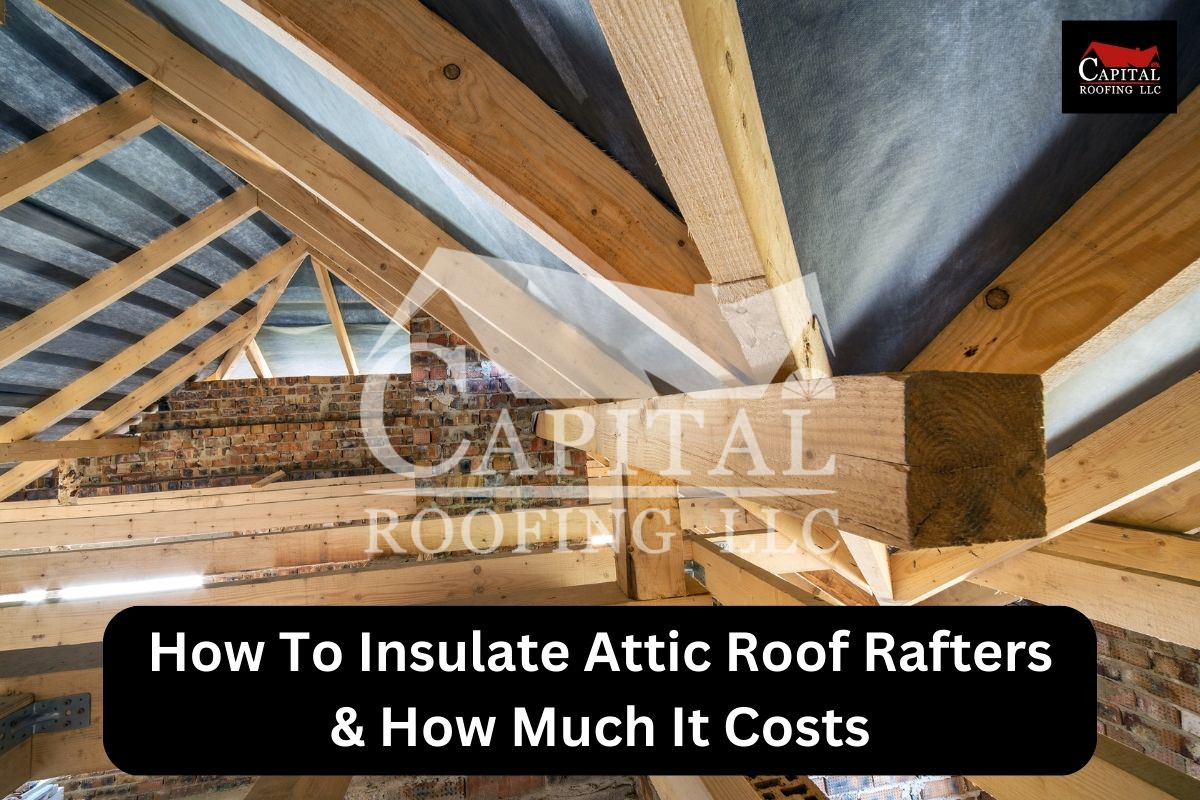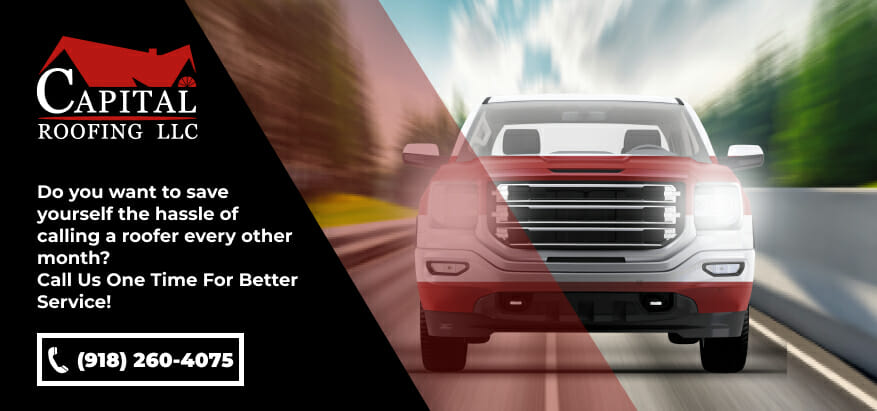One key factor for maintaining a pleasant temperature in your home and reducing energy costs involves learning how to insulate attic roof rafters properly. It’s not just choosing the right insulation material but also correctly assessing, preparing, installing, and filling any gaps. If you are thinking about insulating your attic roof rafters, then this is the blog post for you.
What Is Attic Rafter Insulation?
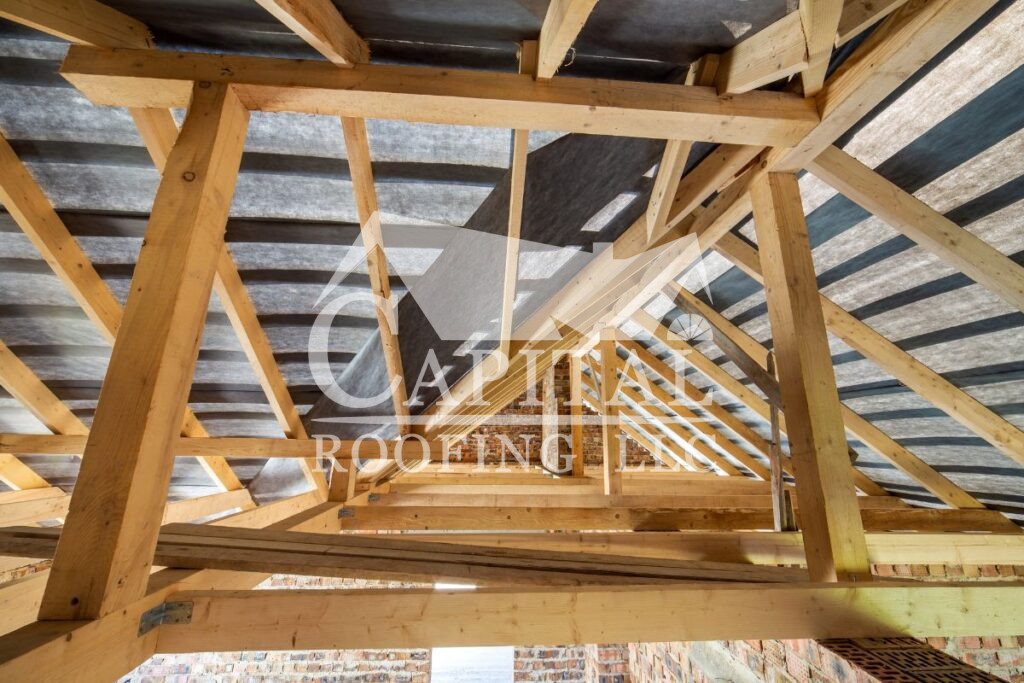
Attic roof rafter insulation involves the installation of insulating materials on the underside of the roof rafters. This strategic placement creates a thermal barrier, preventing the transfer of heat between the attic and the living spaces below. The insulation is designed to regulate indoor temperatures, keeping your home cool in summer and warm in winter.
A well-insulated attic contributes significantly to energy efficiency. Attic roof rafter insulation specifically addresses heat loss and gain through the roof, reducing the workload on your HVAC system. This translates to lower energy bills and a reduced carbon footprint, making it an environmentally conscious choice.
How to Insulate Attic Roof Rafters
Below is a step by step guide to insulating your attic roof rafters, from choosing the material to sealing any gaps.
1. Assess Current Insulation Levels and Identify Areas for Improvement
Before you start adding insulation, it’s crucial to assess the insulation levels in your attic. Are the existing materials still functional? Could they cause any issues down the line?
To examine this, take a closer look at your current attic insulation. If it seems worn out or damaged — it might be time for a change. Having experienced professionals conduct an audit of your home’s energy usage can clarify where improvements are necessary.
Keep an eye out for moist spots or patches of mold, which suggest leaks, on existing insulation since these areas will require immediate attention.
2. Prepare The Attic Space For Insulation Installation
Preparation is another step that shouldn’t be overlooked when discussing how to insulate attic roof rafters. Clear any clutter from the area where you’ll be installing fresh insulation, like old boxes or furniture that are being stored in the attic. They can hinder access and turn what could be a simple procedure into an awkward task.
3. Choose The Appropriate Insulation Material
Choosing a suitable insulation material depends on factors such as local climate conditions and budgetary constraints.
Blanket insulation, like fiberglass batts or mineral wool, might work best in temperate climates, while spray foam or rigid foam insulation possess higher R-values suitable for colder climates.
Similarly, while spray foam and rigid foam insulation offer high performance and longevity, they come with a steeper initial cost compared to blanket insulation or cellulose. So consider whether you are prepared to invest more upfront for long-term energy savings or whether budget factors necessitate a more immediate, affordable solution.
4. Install Rafter Insulation
The ideal way of installing insulation material varies depending on the selected type. For instance:
- With fiberglass batts or mineral wool, ensure it is cut the same width as the distance between your rafters before laying it between them.
- During the application of spray foam, take the utmost care about applying just the right amount since over-application could lead to spalling paint or even structural issues.
5. Filling Gaps and Sealing Leaks
Last but not least – any plan to insulate attic roof rafters would be incomplete if we didn’t discuss filling gaps and sealing leaks effectively.
Older homes especially can have these leaks occur along attic bypasses, or places where warm air escapes in winter, like gaps around electric fixtures, piping, or ductwork. Therefore, wherever such gaps exist within your attic space – fill them using strip insulations or foam sealants to prevent air leakage.
Types of Insulation for Attic Roof Rafters
A crucial step in achieving optimal attic roof insulation is understanding the various types available. From blanket insulation to spray foam, each offers unique advantages and specific installation methods. Let’s dive deeper into these options.
1. Blanket Insulation
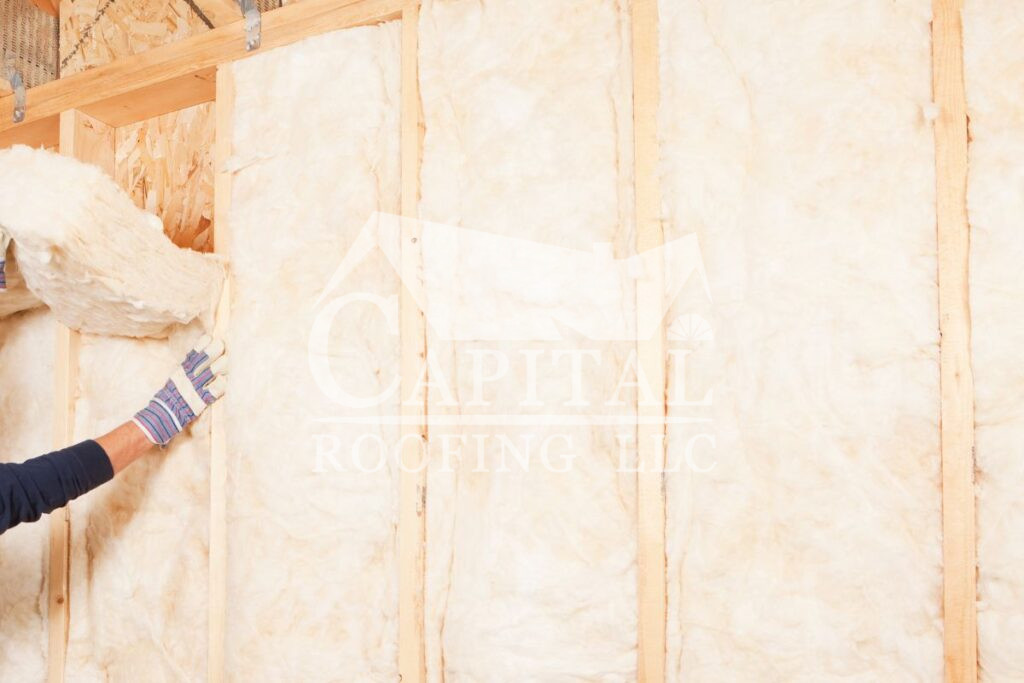
Blanket insulation, a tried and true option, includes batts or rolls made from materials like fiberglass, mineral wool, plastic fibers, or natural fibers. Its primary advantage lies in its affordability and simple DIY-friendly installation.
To install this type of insulation, you’ll typically unroll it between your rafters or over existing insulation – just match the width to the spacing of your rafters. However, be aware that incorrect placement can lead to air pockets, which diminish thermal performance. Also, remember safety first – while handling fiberglass material, ensure protective gear as it may cause skin irritation.
2. Foam Board Insulation
Foam board insulation provides higher insulating values per inch compared to other materials, making it a versatile choice for attic roof rafters. It also acts as an excellent barrier against moisture intrusion and lowers energy bills by reducing heating/cooling needs significantly.
Installation involves cutting the foam boards to fit precisely between rafter spaces before securing them with a special adhesive. Always aim for a tight fit because gaps can decrease its effectiveness. One downside might be its cost, foam board generally carries a heavier price tag than traditional rolls.
3. Spray Foam Insulation
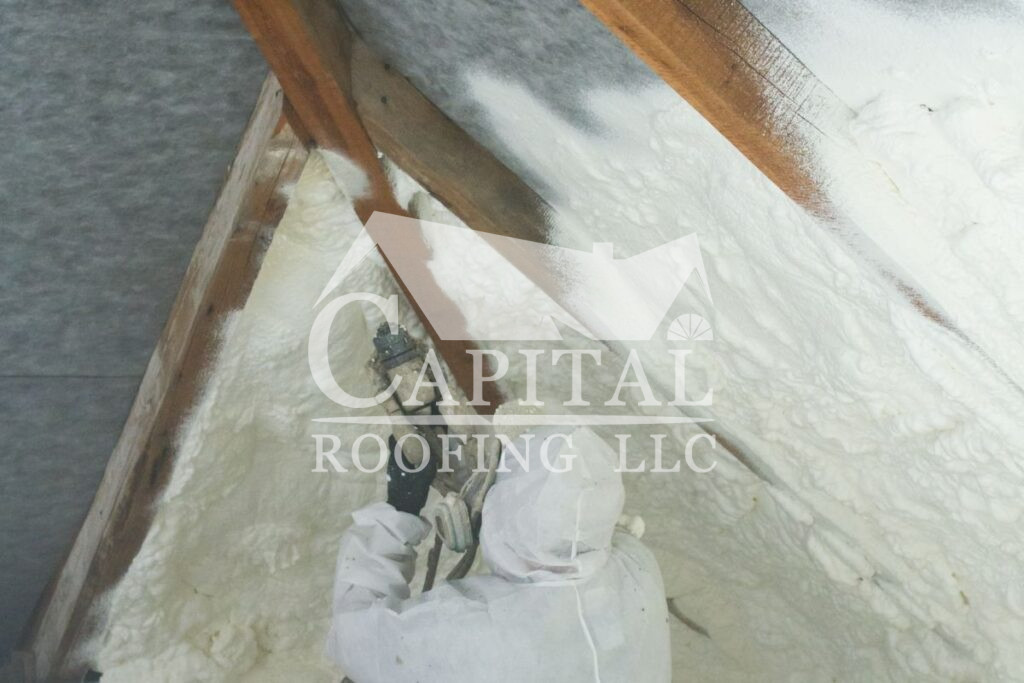
Known for its high R-value and popularity for residential applications, spray foam boosts energy efficiency. Two main types exist: closed-cell, providing moisture control qualities, and open-cell, mainly valued for audio dampening.
Given the complexity of applying spray foam accurately and the safety considerations involved, you may need to hire a professional. Potential drawbacks would be the higher cost and matters relating to building envelope or ventilation, as these types of insulation virtually seal off all air leaks.
4. Cellulose Insulation
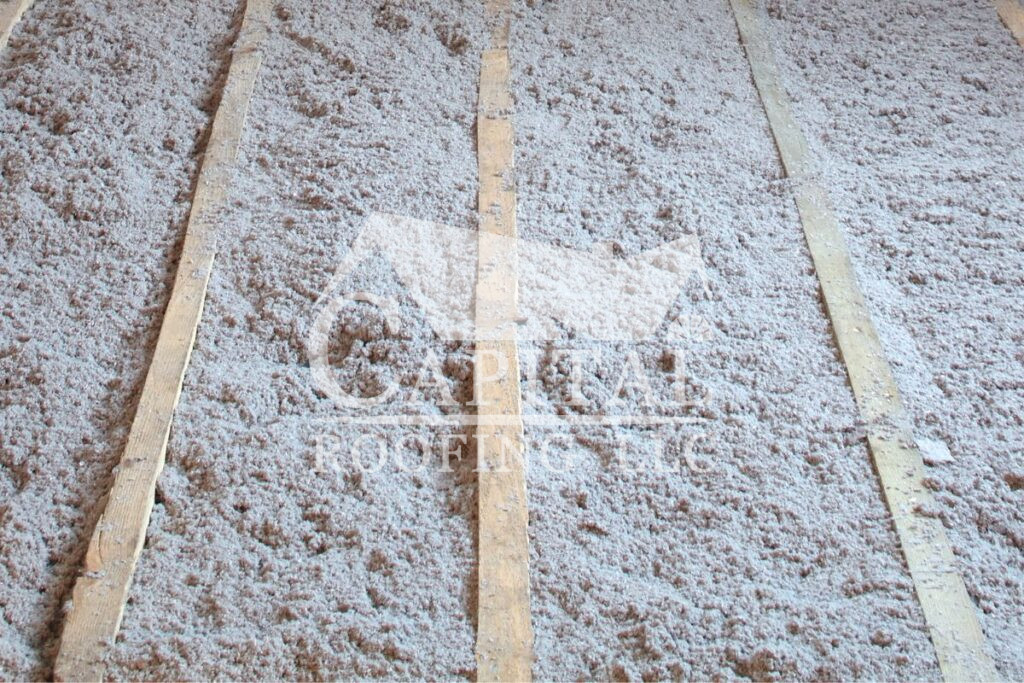
Composed mostly of recycled paper coated with fire-resistant chemicals, cellulose is an eco-friendly solution for those looking for sustainable options. It offers excellent thermal performance along with noise reduction properties.
Cellulose insulation is perfect for smaller or tight areas, as it can simply be poured into cavities or manually placed in hard to reach attic spaces. Always adhere to fire safety requirements since the material contains paper content.
Cost of Attic Roof Rafter Insulation
If you’re considering installing attic roof rafter insulation, you’re probably pondering about costs versus benefits. Lounging in a well-insulated home with controlled temperatures and reduced energy bills is the end goal, but how do you get there? In this section, I’ll walk you through some key determinants of your final insulation bill.
The initial cut to your wallet could be substantial, however, knowing where this money goes can give you peace of mind. We’re largely talking about two elements here: materials and installation.
To begin, material cost mainly hinges on the type of insulation chosen. Blanket or batt insulation tends to be among the affordable options, typically ranging from $0.50 to $1.50 per square foot. Conversely, when we shift focus to foam board or spray foam insulation, it can cost anywhere between $1.00 and $3.00 per square foot.
The next factor that impacts your total cost is installation charges, which vary based on your attic’s size and shape. For larger attics, more insulation and time are needed, often raising the final price. Also, the installation cost depends on the roofer you choose. So, when insulating attic roof rafters, get a few quotes from different roofing professionals.
Contact Professional Roofers In Claremore & Broken Arrow For Your Attic Insulation Needs
Because of the availability of a number of roof insulation, deciding which type of insulation to install can be difficult for homeowners. So, if you want to install attic rafter insulation, it is best to consult professional roofers.
Consult the expert roofers at Capital Roofing in Claremore or Broken Arrow for your attic insulation installation. Contact us today at (918) 260-4075 for any of your residential roofing needs.
